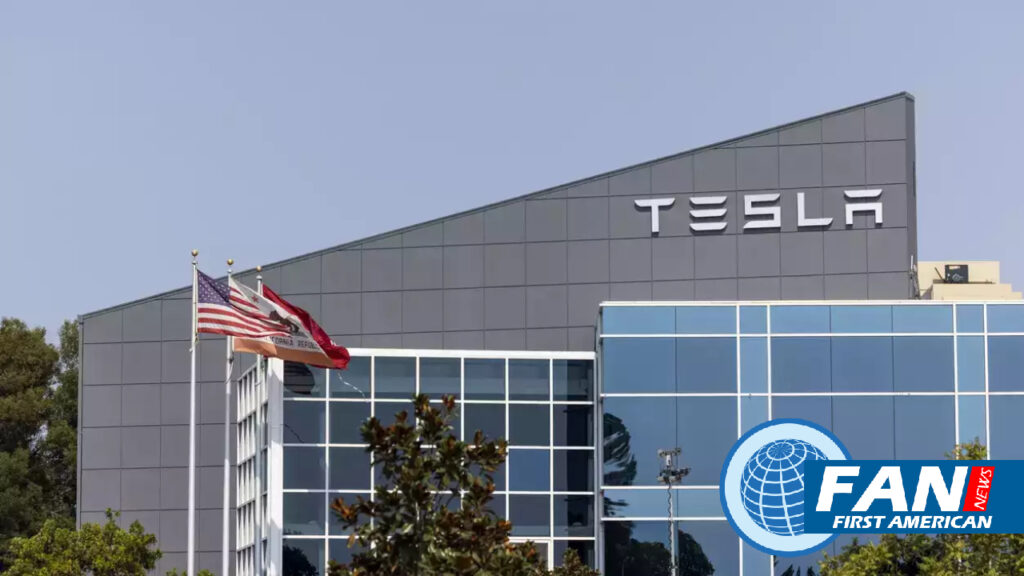Markets
The EV Maker’s Stock Market Is Getting Pummeled
Tesla’s Stock Market late last week, reduced prices in the U.S. across its EV lineup. That came a few days after Tesla reported record quarterly delivery on April 2. Tesla delivered 422,875 vehicles in the first quarter.
Tesla’s first cut prices in the fourth quarter in China. Then the company rolled out significant price cuts in the U.S., and around the globe, in early January. The January cuts helped Tesla vehicles get below price caps required to qualify for new EV purchase tax credits. U.S. prices actually went up, a little, in February after a favorable ruling form the Internal Revenue Service about vehicle classification, which impacted the credits.
Investors, and Wall Street analysts, are having trouble figuring out what it all means. “Everyone expected [last week’s] cuts on Models S and X given their weak first-quarter deliveries,” says Future Fund ActiveFFND +0.75% exchange-traded fund (FFND) co-founder, and Tesla shareholder, Gary Black. Models S and X vehicles are Tesla’s most expensive. “I didn’t expect the cuts on the Model Y.”
The Model Y is Tesla’s bestseller. That cut is a little concerning to him. The price reductions “will cost Tesla about $700 million a year and won’t move the needle on volume or affordability,” added Black.
Get WSJ Print Edition Subscription 1 Year for $318
Bernstein analyst Toni Sacconaghi wasn’t surprised by the cuts, however, pointing out in a Monday report that despite CEO Elon Musk saying orders were twice as high as production capacity following early January price cuts around the globe, first-quarter deliveries lagged behind production, pushing up new-vehicle inventories for the fourth consecutive quarter.
“Make no mistake, the price cuts reflect Tesla’s need to stimulate demand and are
an explicit trade off of margins for volume,” wrote Sacconaghi. “Additional price cuts in other geographies are likely.” He sees more price cuts pressuring Tesla’s automotive gross profit margins.
He models Tesla’s first quarter 2023 automotive gross profit margins at about 20.5%. The Wall Street consensus is at about 21%. Tesla posted automotive gross-profit margins, excluding the benefit of any regulatory credits, of about 30% in the first quarter of 2022.
The cuts keep Sacconaghi negative on Tesla shares. He rates them at Sell with a $150 price target. Citi analyst Itay Michaeli and Wolfe Research analyst Rod Lache both rate Tesla stock at Hold.
Lache has a $185 price target for Tesla stock. He wrote over the weekend that the cuts will raise questions about vehicle demand, but added that Tesla’s costs are falling. Raw-material prices are down from record levels, and Tesla is ramping up production at two new plants in Texas and Germany. More output through new plants spreads fixed costs over more units.
Get Wall Street Journal 2-Year Print Subscription for $480
Michaeli has a $192 price target for Tesla stock. He believes investors should focus on gross-profit margins when Tesla reports first-quarter numbers on April 19 after the close of trading. Weaker-than-expected margins would give some credence to the bear argument that Tesla has a demand problem. Better-than-expected margins would support the idea that Tesla is leveraging its cost structure to expand market share around the globe.
Predicting the reaction to first-quarter gross-profit margins might be impossible. What’s easier to expect is more-volatile trading next week, after results are announced.
What Tesla stock has done coming into earnings, of course, matters too. Tesla shares are down 4% in early trading Monday. The S&P 500SPX –0.62% and Nasdaq CompositeCOMP –0.99% are off 0.6% and 1.2%, respectively.
Including Monday, Tesla Stock Market has dropped in five consecutive trading days since the company reported record first-quarter deliveries on Sunday, April 2. Shares have lost 14% over that span. However, shares are still up about 44% year to date.
It’s been quite a start to 2023 for Stock Market.

